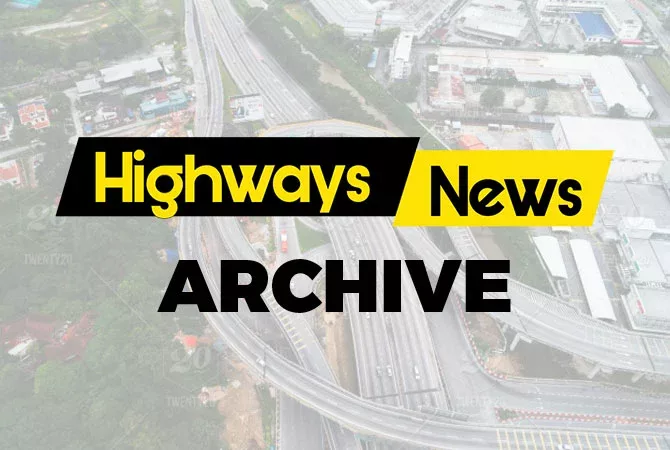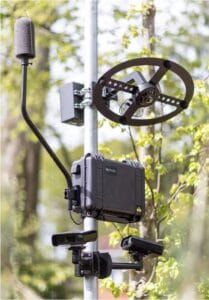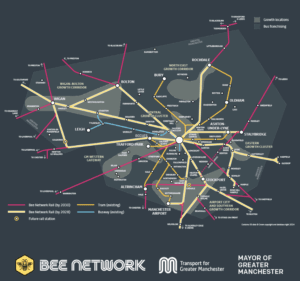Local councils and bus operators in Wales are joining forces with Transport for Wales to launch a new project that will allow the public to request a bus to pick them up near their home, work or shops for essential travel.
This will see Newport Bus run the first pilot scheme, fflecsi, which will replace a number of scheduled local bus services with more flexible services that can pick up and drop off near work, shops and homes by request, rather than following a set timetable at fixed bus stops.
Seats on fflecsi are booked using an Android/Apple app or by calling a number. Once a fflecsi passenger is booked on a service, Newport Bus has stated that it is able to guarantee that the passenger will have a seat and enough space to respect social distancing guidelines.
Ken Skates, the Minster for Economy, Transport and North Wales, said: “The pilot scheme we will be trialling in Newport over the next three months could shape the bus services of the future. While we are living with the restrictions on our every-day lives, this demand responsive transport system could be the answer to some problems faced by our key workers trying to get to and from work at a time that suits their shifts.
“We are also looking to expand this pilot and are working with several other companies to implement a demand responsive transport service. We will be working closely with the local authorities, TfW and our partners to monitor its success,” he added.
James Price, Transport for Wales CEO, added: “fflecsi is a very exciting trial for us as we continue to transform public transport in Wales. The ongoing situation has had a direct impact on public transport and as we move forward the safety of our colleagues and customers continues to be our top priority. This new pilot scheme offers us the opportunity to look at a new way of operating public transport and in these current circumstances it will allow bus companies to move people around while maintaining a social distance. I look forward to finding out what we can learn from the trial in Newport and how we can potentially apply this in other areas in the future.”



























